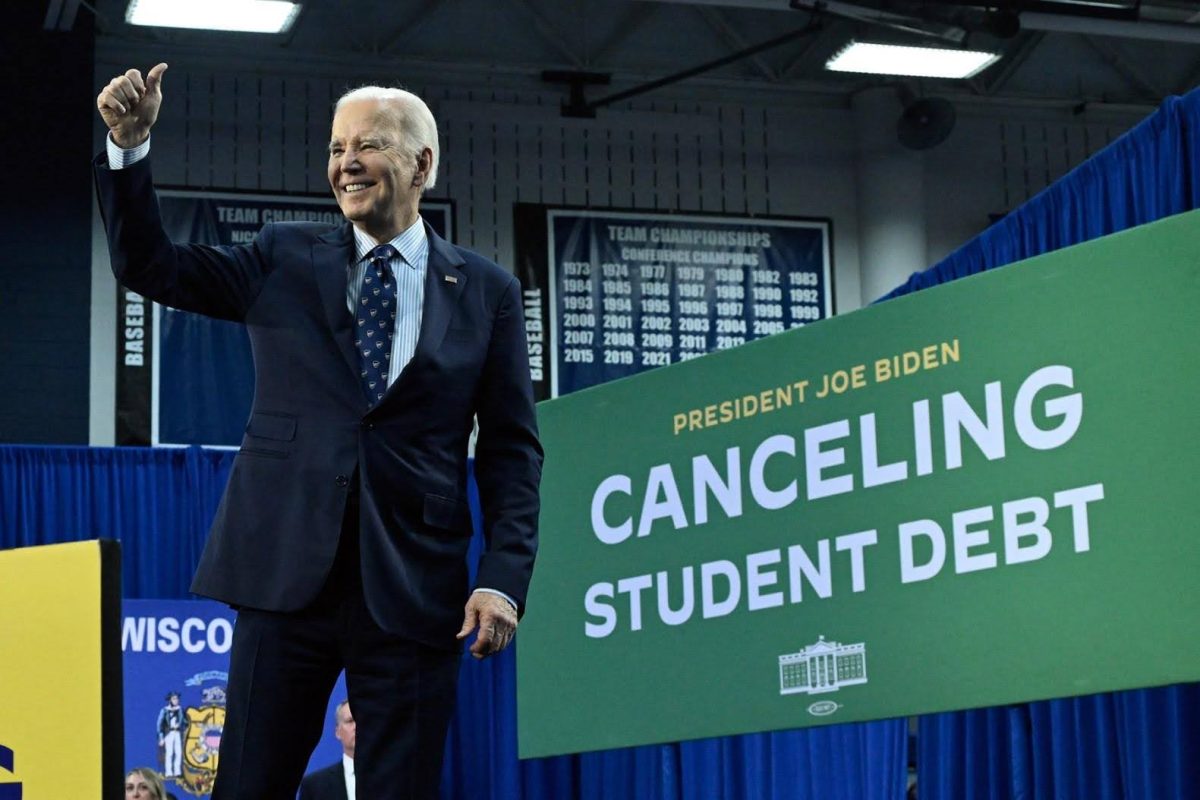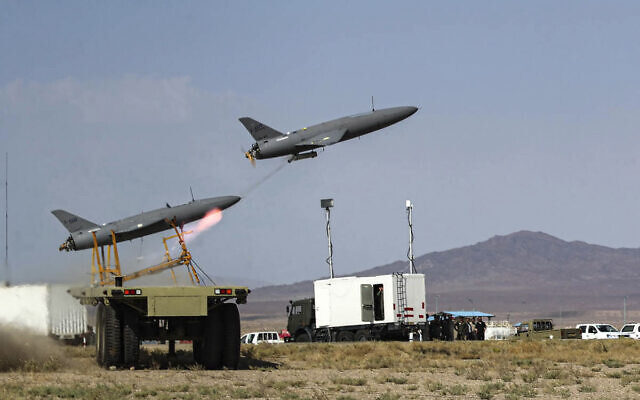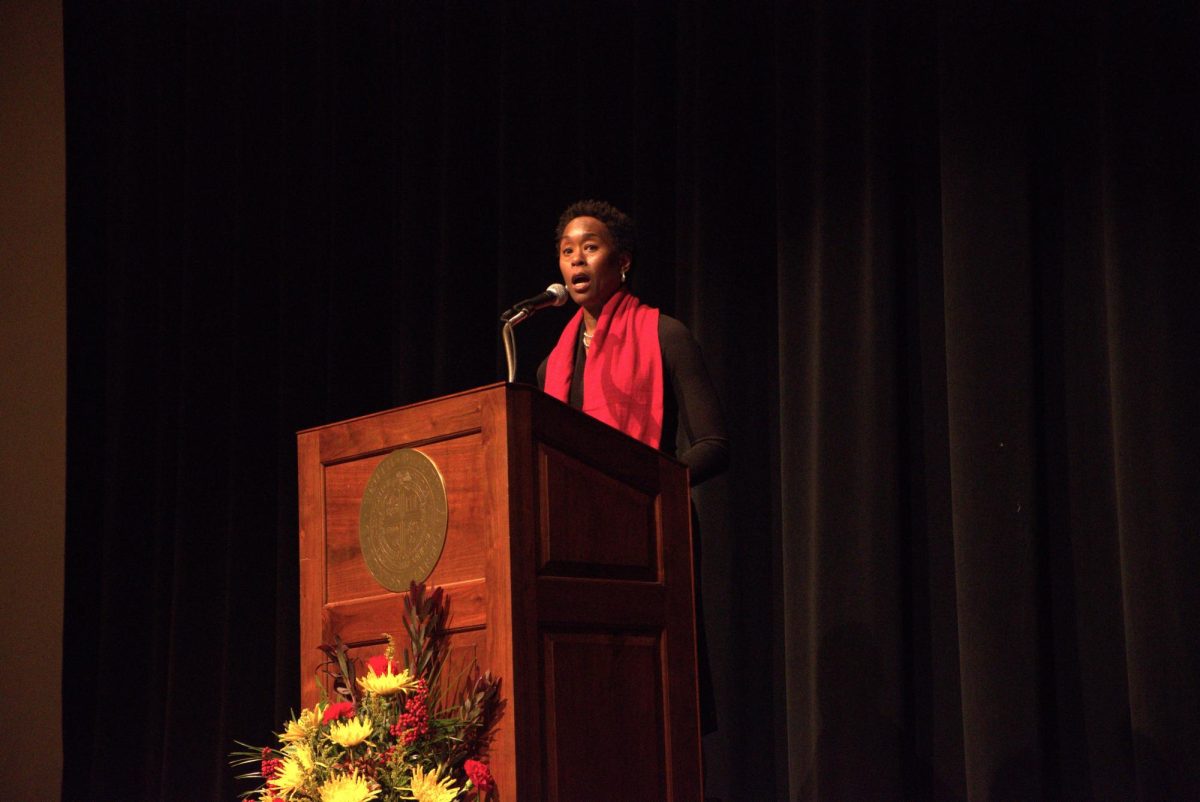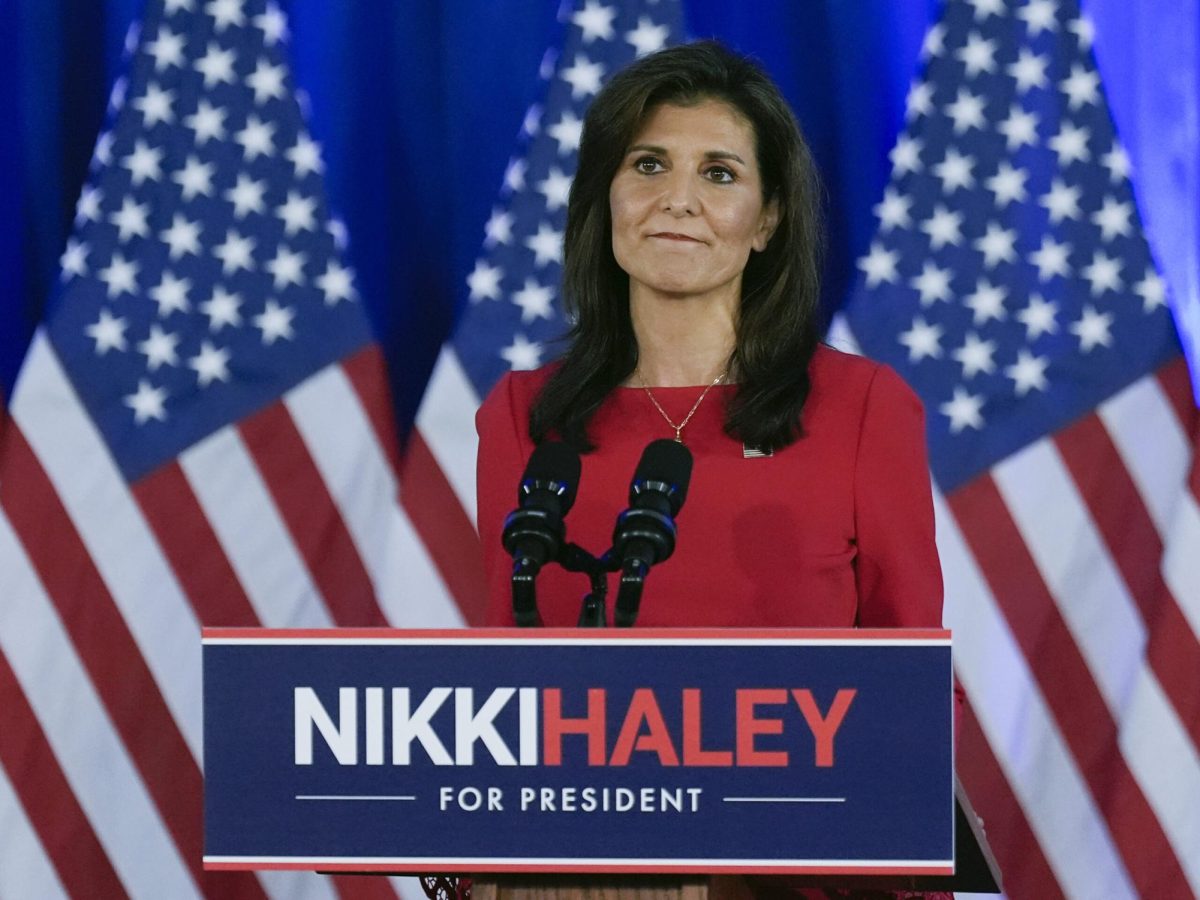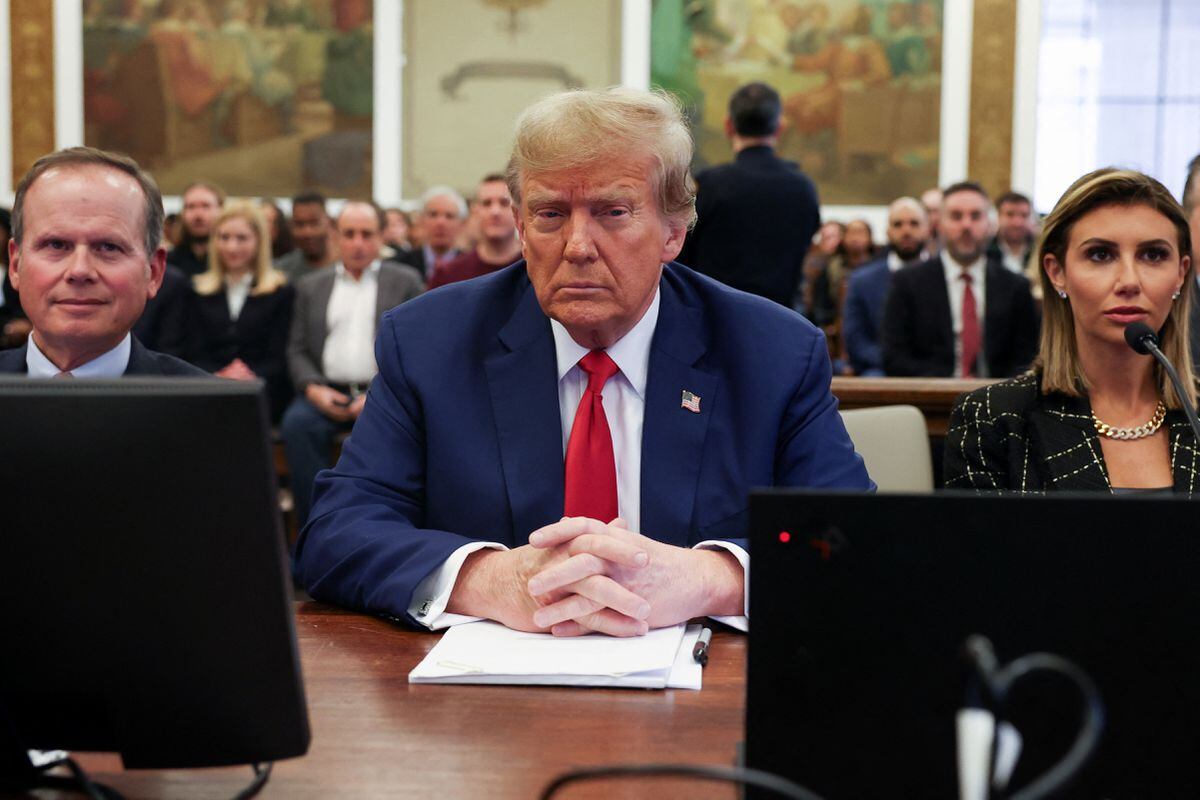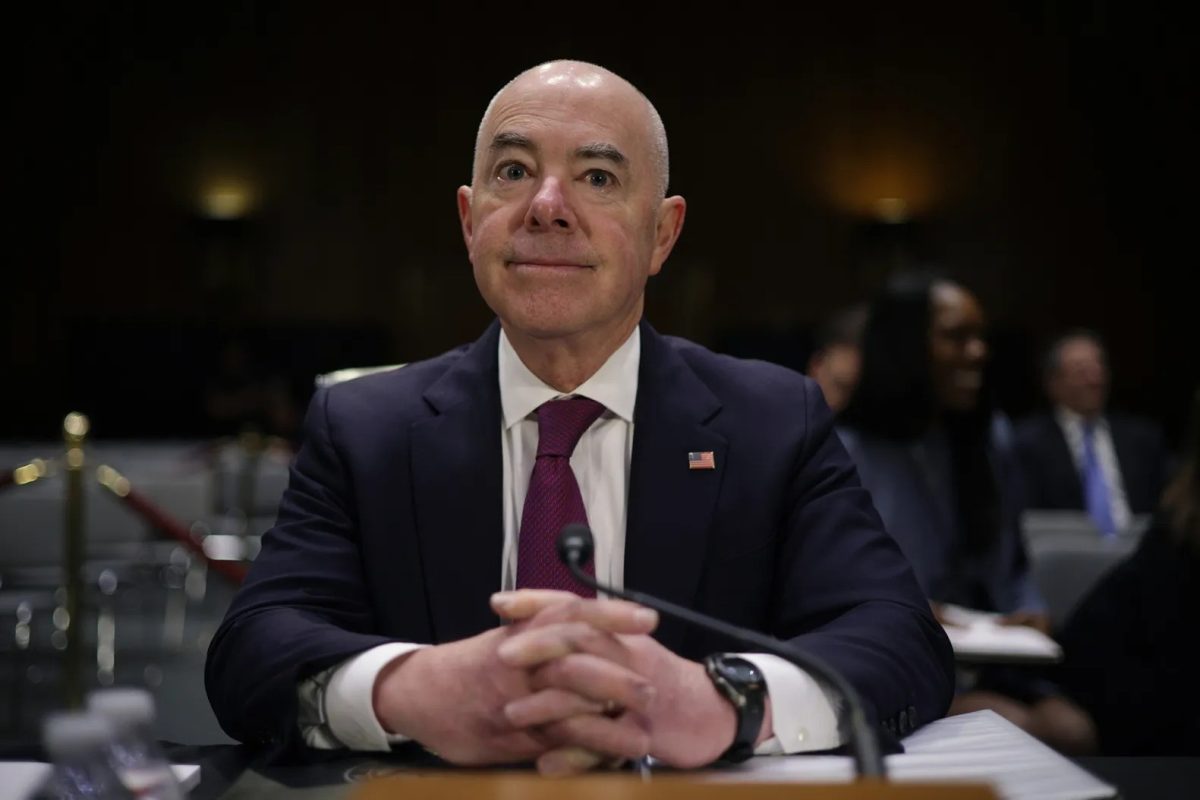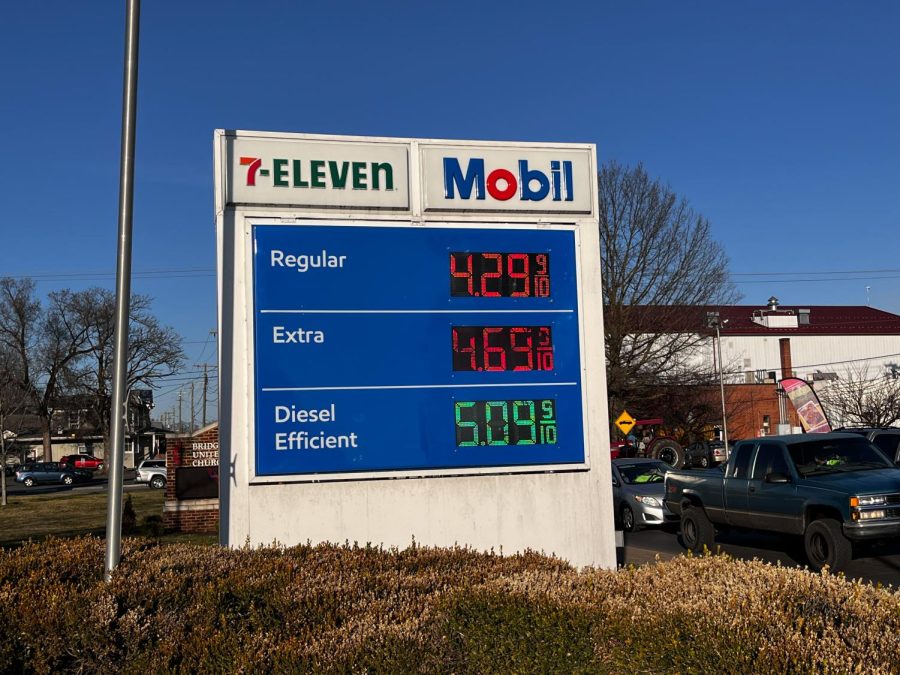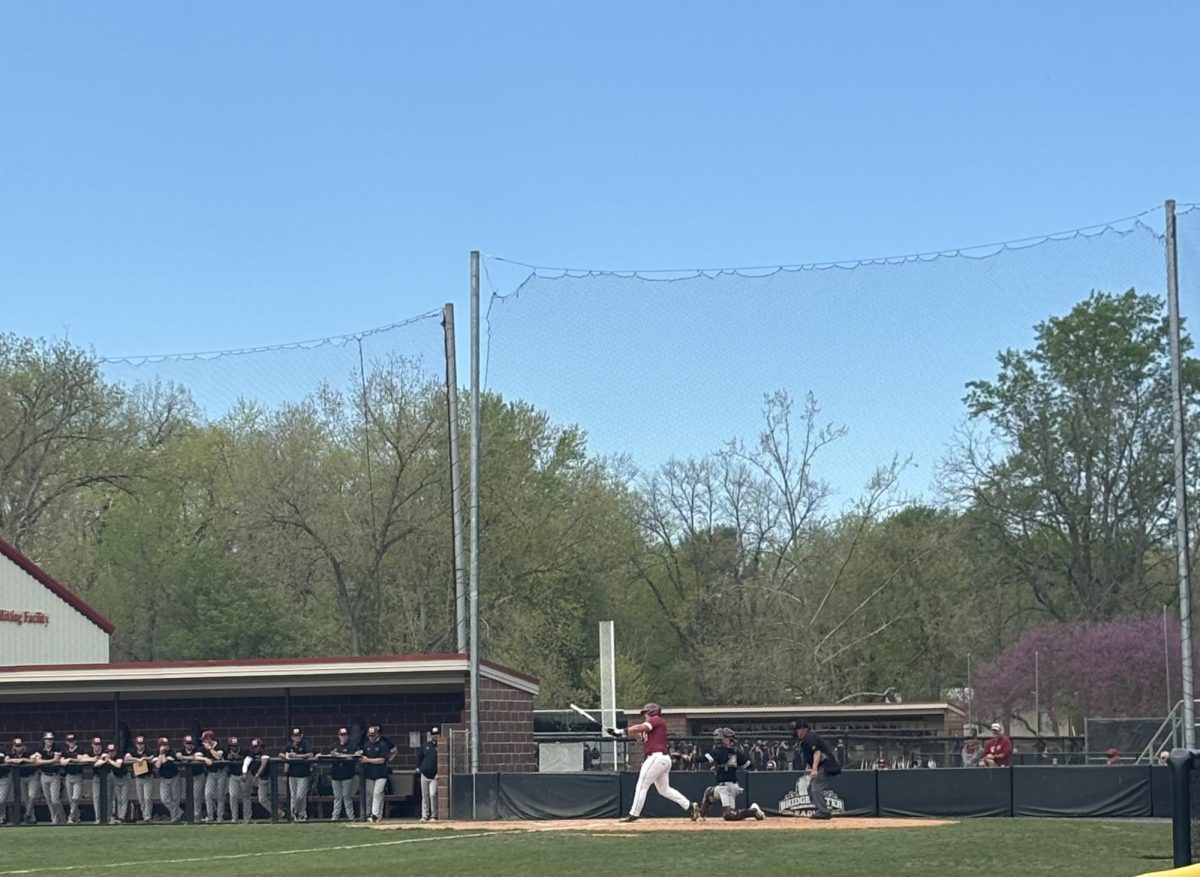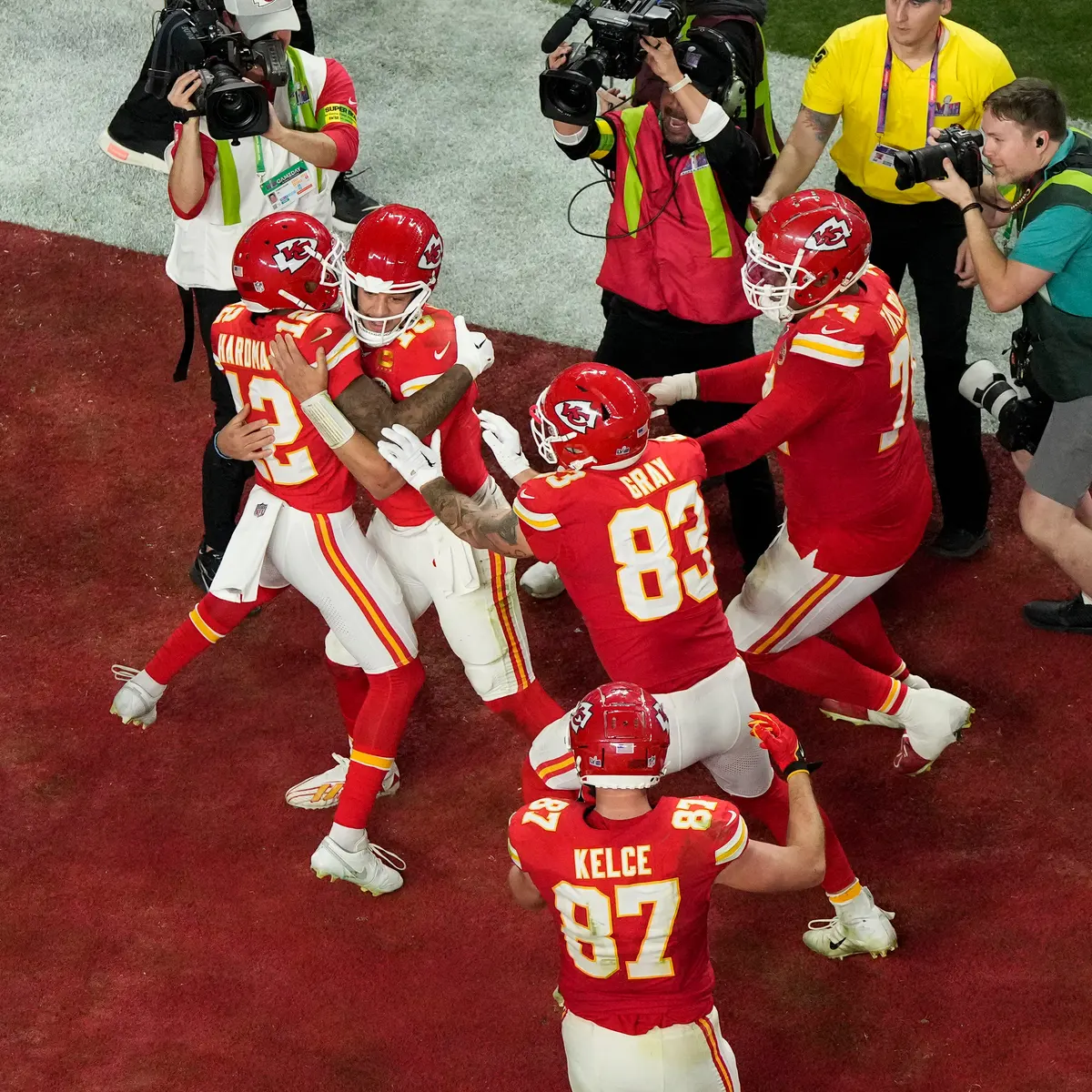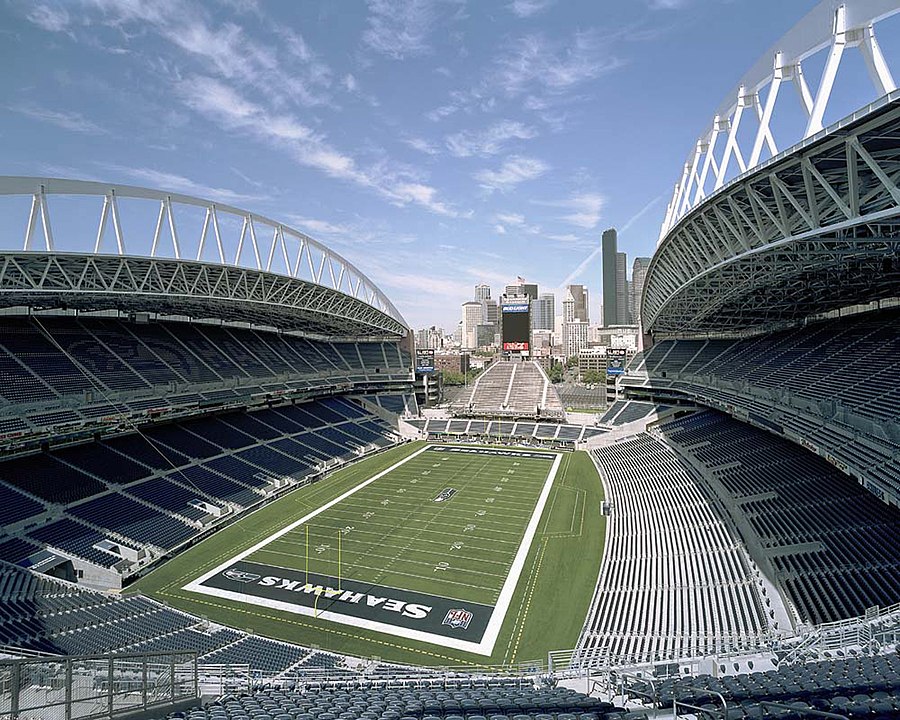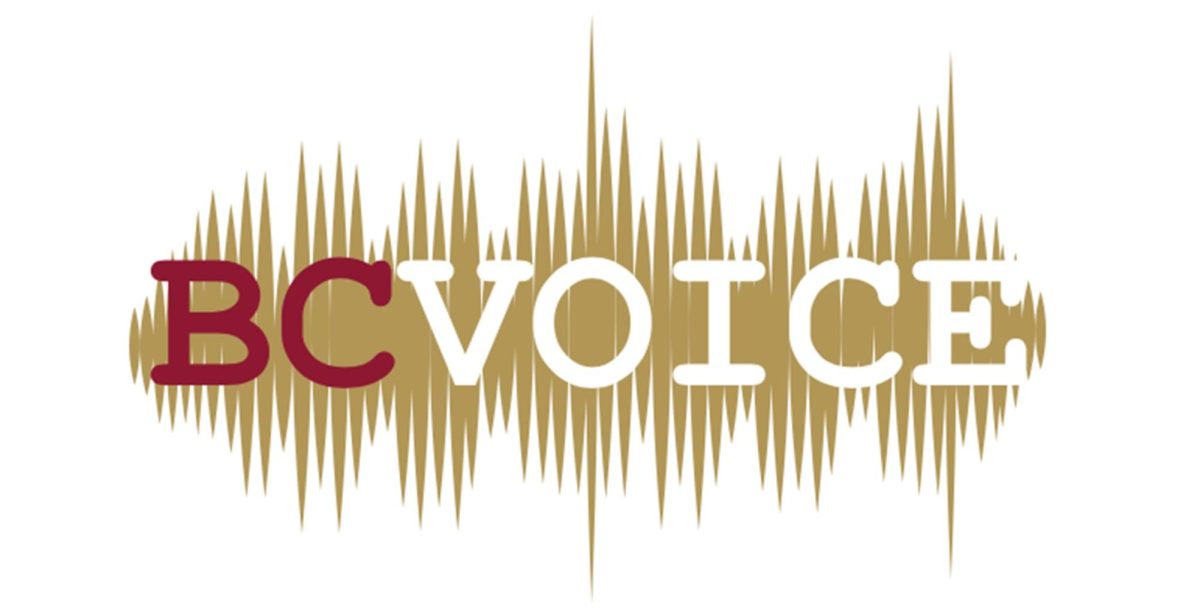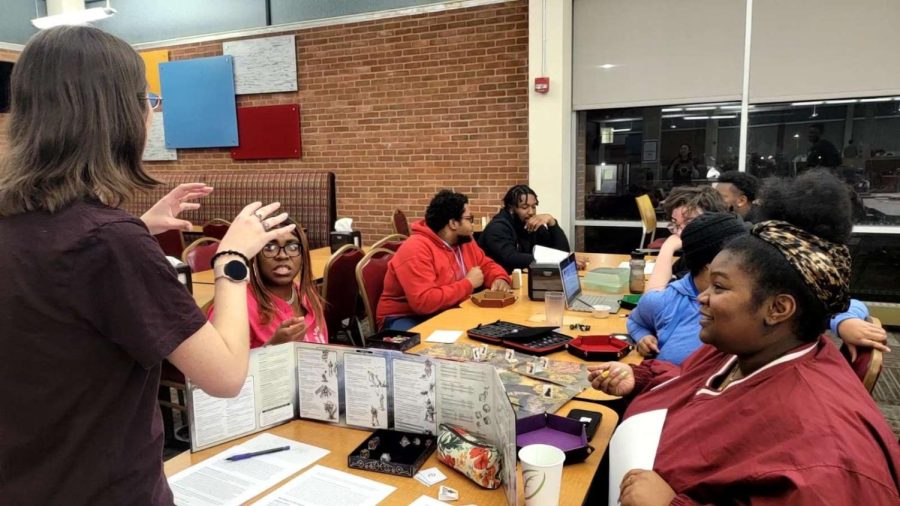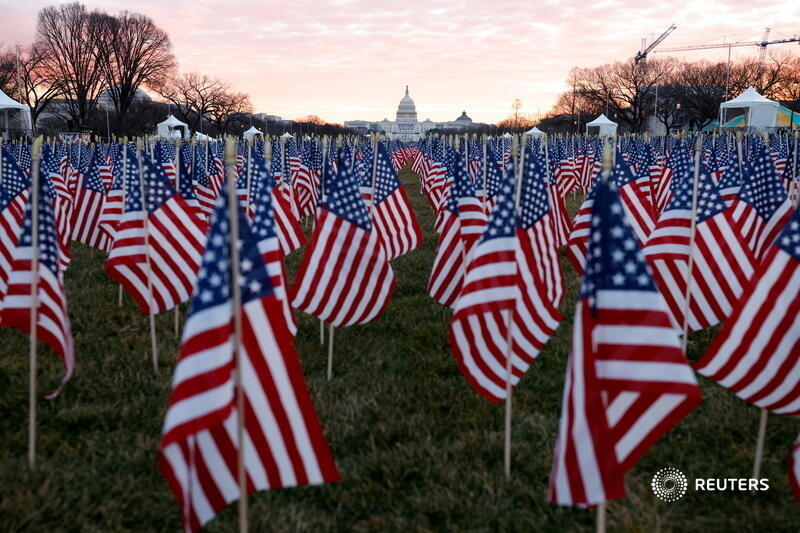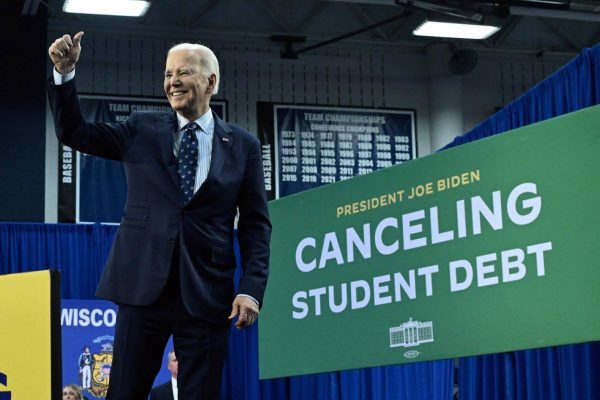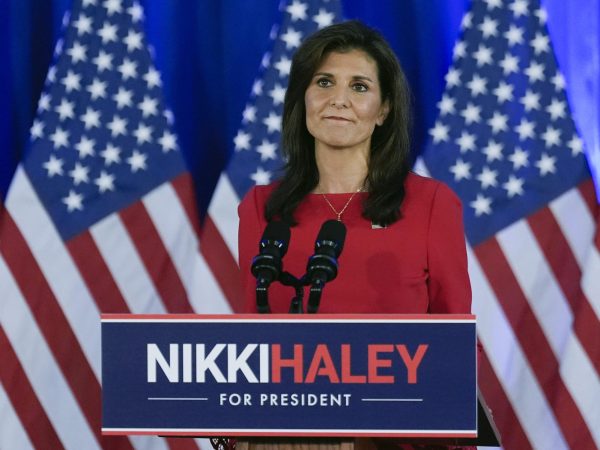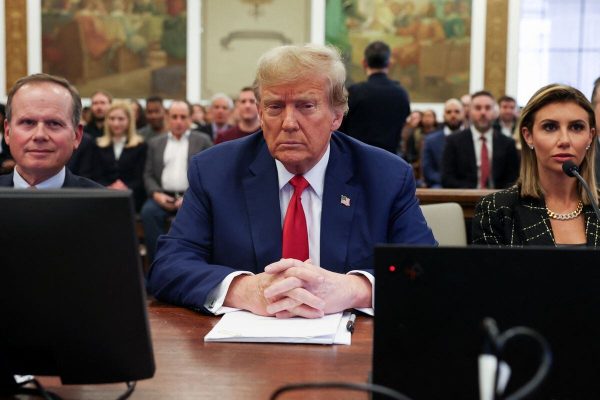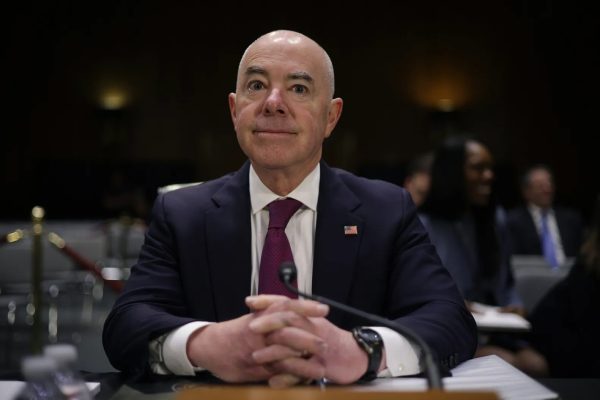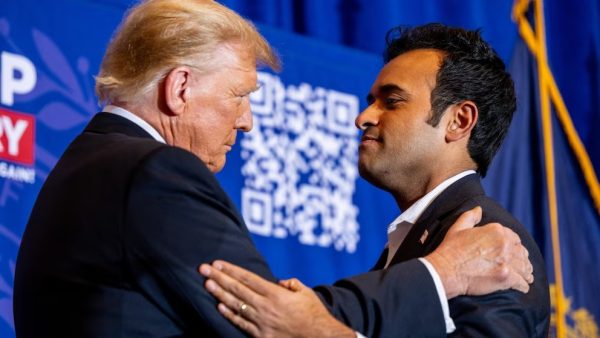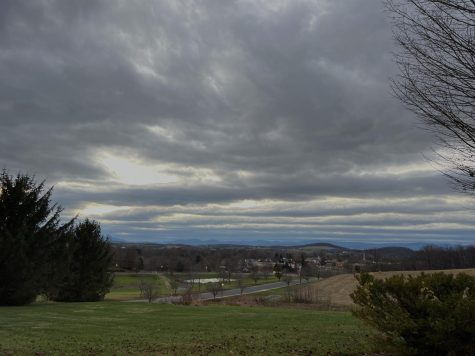Joe Biden’s Inauguration Occurs Without a Hitch
The New President Was Sworn in and Quickly Began Signing Executive Orders
In place of spectators, the National Mall was covered in 200,000 flags for the inauguration of the 46th president of the United States, Joe Biden.
January 21, 2021
Bridgewater, Va. – Joseph R. Biden Jr. was sworn in as the 46th president of the United States on Wednesday, taking the helm of a nation wrought with multiple crises. In a speech following his swearing in, President Biden sought to unify the country, calling on Americans to “end this uncivil war.”
Kamala Harris was sworn in as vice president shortly before Biden by Justice Sonia Sotomayor, becoming the highest ranking woman in the history of the United States government. Vice President Harris also became the first person of South Asian descent to hold the nation’s second highest office.
The inauguration was unlike any other in history, due to both the pandemic and threat of right-wing violence. There were 25,000 National Guard members stationed in the city along with thousands of police officers, blocking off a large portion of downtown Washington.
The National Mall would typically be full of spectators for a presidential inauguration, but they were replaced with 200,000 flags this year. There were also 56 pillars of light, meant to represent the nation’s states and territories.
In his 21 minutes Inaugural Address, Biden called on the nation to put aside their differences and unify for the common good. “We can join forces, stop the shouting and lower the temperature,” said Biden. “For without unity, there is no peace, only bitterness and fury. No progress, only exhausting outrage. No nation, only a state of chaos.”
Biden wasted no time in advancing his policy agenda, signing 17 executive orders, proclamations, and memorandums on Wednesday evening. These orders were aimed at addressing the four crises Biden says the nation is facing: the pandemic, the economic downturn, racial tensions, and climate change.
To begin dealing with the pandemic, Biden signed an order appointing Jeffrey Zients as Covid-19 response coordinator, and another order reestablishing the directorate for global health security and biodefense. The directorate was initially established under President Obama to help the country coordinate pandemic responses, although it was disbanded by President Trump.
Biden also signed an order requiring masks and social distancing by all federal employees and on all federal property. The president does not have the authority to issue a more sweeping federal mask mandate, because public health powers are exercised by states.
In order to address the current economic downturn, Biden is moving to extend a federal moratorium on evictions and prolong a moratorium on foreclosures on federally guaranteed mortgages. Both moratorium extensions run through the end of March.
In addition, Biden halted construction on the border wall with Mexico and ordered an “immediate termination” of the national emergency declaration the Trump administration used to redirect billions of dollars toward the construction of the wall.
To begin dealing with climate change, Biden signed an executive order declaring that the United States would re-enter the Paris Climate Accords — which will occur 30 days after the order’s signing. He also revoked the construction permit for the Keystone XL pipeline, which would have carried 800,000 barrels of oil a day from Alberta, Canada to the Texas Gulf Coast.




